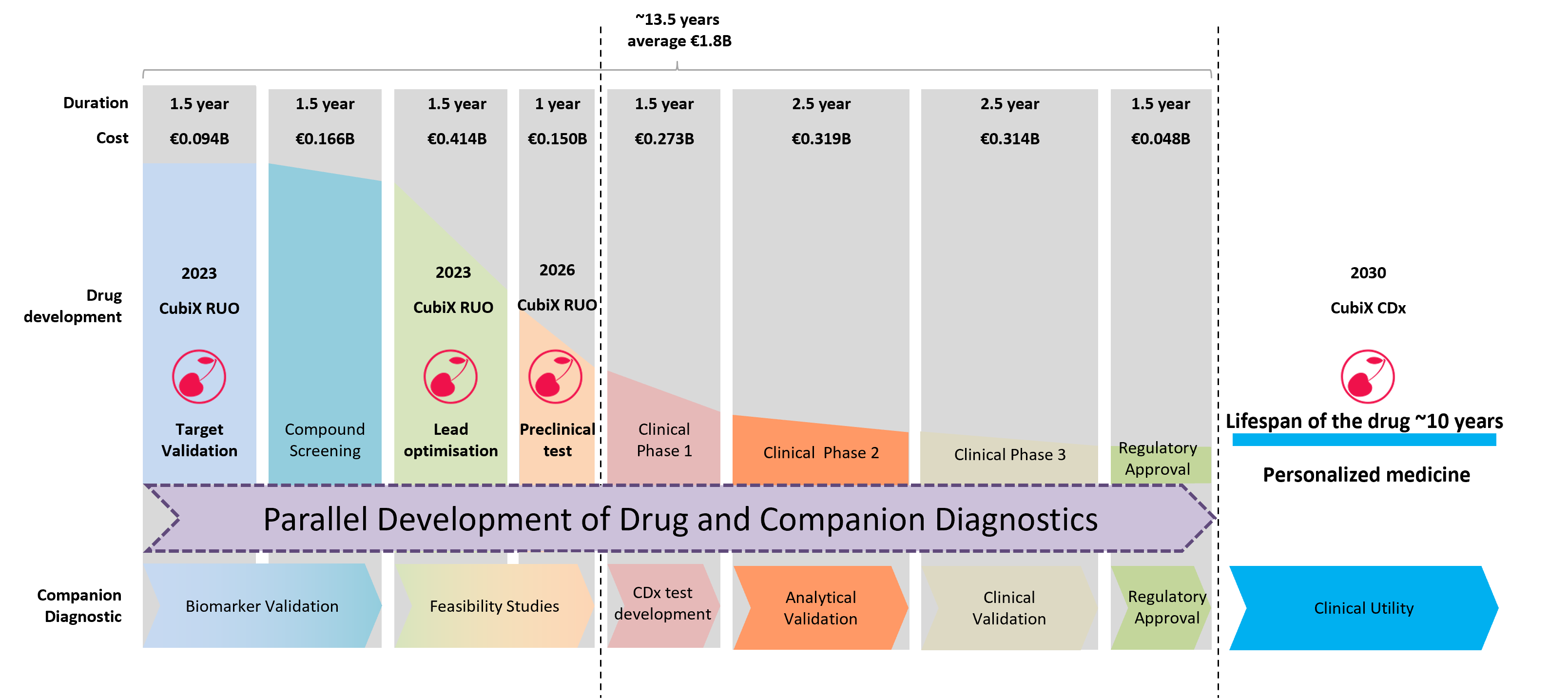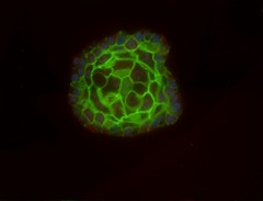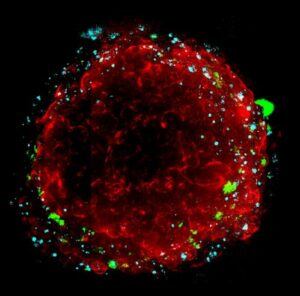Introduction
Organ-on-a-chip is regarded as a key new technology for research and drug development because it can predict how a potential medication will behave in human tissue structures – rather than standard animal models – long before it enters the clinic hence Organ-on-chip applications in drug discovery.
Organ-on-chip technologies are used to produce, in combination with grown live human cells, an experimental platform to recreate the physiologic and mechanical microenvironment of whole living organs.

The microphysiological systems (MPS) enable the investigation in an organ-specific context of complicated human physiology and disease. These in vitro models can revolutionize the discovery of drugs and their development through greater prediction by researchers of human reactions to pharmaceuticals, including safety and efficacy.
How to culture vascularized & immunocompetent 3D models in a standard Multiwell
Abstract of organ-on-chip applications in drug discovery: an end user perspective
The author states that “Organ-on-chip (OoC) systems are in vitro microfluidic models that mimic the microstructures, functions and physiochemical environments of whole living organs more accurately than two-dimensional models.
While still in their infancy, OoCs are expected to bring ground-breaking benefits to a myriad of applications, enabling more human-relevant candidate drug efficacy and toxicity studies, and providing greater insights into mechanisms of human disease. Here, we explore a selection of applications of OoC systems.
The future directions and scope of implementing OoCs across the drug discovery process are also discussed.”
References
Clapp N, Amour A, Rowan WC, Candarlioglu PL. Organ-on-chip applications in drug discovery: an end-user perspective. Biochem Soc Trans. 2021 Aug 16:BST20210840. DOI: 10.1042/BST20210840. Epub ahead of print. PMID: 34397080.
FAQ
Organ-on-a-Chip (OoC) systems are described as in vitro microfluidic models. These models are used in combination with grown, living human cells. An experimental platform is created by these technologies. This platform is designed to recreate the physiologic and mechanical microenvironment of whole organs. The microstructures and functions of organs are mimicked. The physiochemical environments are also copied. OoC systems are considered more accurate than two-dimensional models. They are regarded as an important new technology for research and drug development. While the technology is still in its early stages, it is expected to provide benefits to many applications.
Organ-on-a-Chip applications are found in drug discovery. The technology is used to predict how a possible medication will behave in human tissue structures. This is presented as an alternative to standard animal models. Such predictions can be made long before the medication enters clinical trials. These in vitro models are intended to alter the discovery of drugs. Better predictions of human reactions to pharmaceuticals may be made. This includes both safety and efficacy. The systems are expected to allow for studies of candidate drug efficacy and toxicity that are more relevant to humans.
Microphysiological systems, or MPS, are a term used for these in vitro models. The investigation of intricate human physiology and disease is permitted by these systems. This investigation is performed within a context that is specific to an organ. Organ-on-a-Chip technologies are used to create these platforms, combined with living human cells. The goal is to recreate the physiologic and mechanical microenvironment of organs. These models are expected to change how drugs are discovered. This is because human reactions to pharmaceuticals, including safety and efficacy, may be predicted with greater accuracy by researchers.
Organ-on-a-Chip systems are described as being in their early stages. Important benefits are expected to be brought by this technology to many different applications. Studies related to the efficacy and toxicity of candidate drugs will be made more relevant to humans. A better understanding of the mechanisms of human disease is also expected to be provided by these models. The in vitro microfluidic models are designed to copy the microstructures and functions of organs. They are also made to copy the physiochemical environments. They are considered more accurate than two-dimensional models. The paper examines some applications and future directions for using these systems.





